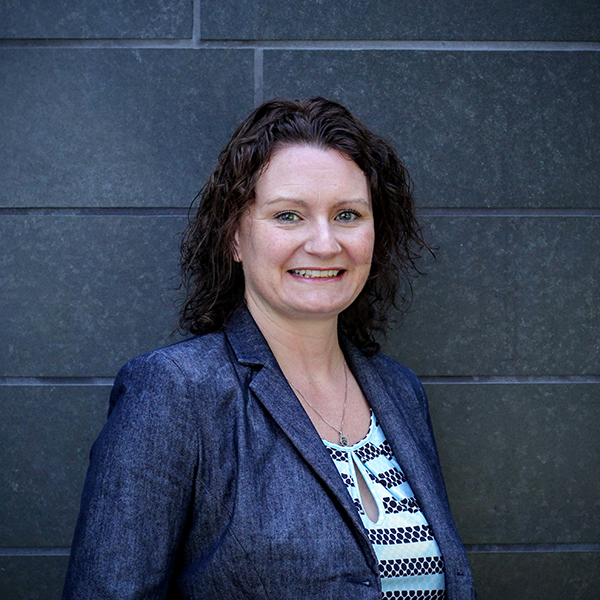
To understand organ development, maintenance and repair, and to model disease, tissue engineering can enable unique experimental approaches. In a recent study in the journal Biomaterials, Daniel Tschumerplin’s laboratory at the Mayo Clinic in Rochester, MN, grew a mix of fluorescently tagged human lung cells in a semi-solid matrix.
Over a period of four weeks, the cells differentiated to generate three-dimensional multicellular airway structures known as “organoids,” which recapitulated limited aspects of lung development. This study revealed some specific lung development requirements, including a niche enabling self-organization of the cells and signals from a group of molecules known as the yes-associated kinase (YAP) pathway triggering proper differentiation.
By facilitating the study of physiologic and pathologic cell-cell interactions, organoids are having a significant impact on understanding disease related changes not only in the lung but also in the kidney, brain and a variety of other organs.
